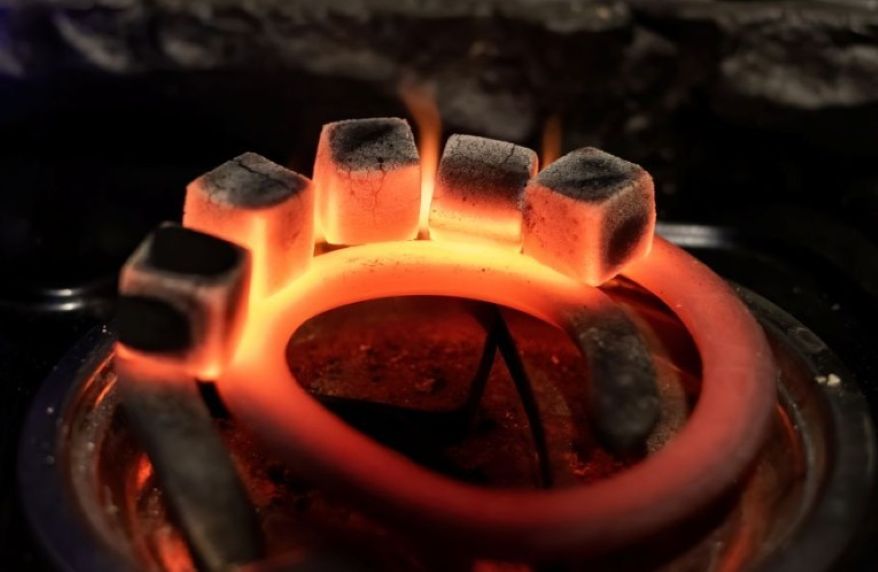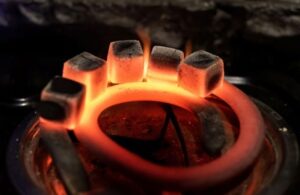New Cr-Mo-Si Alloys Boost Heat Resistance and Strength for Future Energy Systems
Challenges with Current High-Temperature Materials
Today, scientists want to improve the efficiency of energy systems that work at very high temperatures. Often, they use nickel-based superalloys, which are strong but have some limits. Two big problems stop these superalloys from being better: they either don’t resist oxidation enough or become too brittle at room temperature. Oxidation means the metal reacts with oxygen and breaks down, while brittleness means it can easily crack or break when bent. Therefore, exploring alternatives like Cr-Mo-Si Steel Alloys is essential.
For example, molybdenum (Mo) alloys suffer from a problem called “pesting,” where oxidation creates MoO3 that evaporates. This weakens the metal. Chromium (Cr) alloys create a protective Cr2O3 layer but struggle with peeling. Nitrogen entering the material at very high temperatures (above 1000°C) is also problematic. Past efforts to solve oxidation issues often made the materials less flexible. They became more prone to breaking, unlike the newer Cr-Mo-Si Steel Alloys, which offer better flexibility.
The Innovation of New Cr-Mo-Si Alloys
Designing Better Alloys for Heat Resistance
Researchers have recently developed a single-phase alloy made of chromium, molybdenum, and silicon (Cr-Mo-Si). These Cr-Mo-Si Steel Alloys are carefully designed to avoid forming brittle silicides by limiting silicon to only 3%. This ensures it stays dissolved in the metal matrix. Testing showed this new alloy keeps its strength well. It resists oxidation much better than previous materials.
The Role of Silicon in Improving Oxidation Resistance
Adding silicon helps form a protective oxide layer on the surface of the alloy. This stops fast degradation even when exposed to heat as high as 1100°C. Tests showed that the Cr-Mo-Si alloy lost almost none of its mass during long-term exposure to extreme heat cycles. In contrast, alloys without silicon lost mass quickly due to evaporation and breakdown.
Retaining Mechanical Strength Even at Room Temperature and Up To 900°C
What’s exciting is that these new Cr-Mo-Si Steel Alloys maintain strength when compressed both at room temperature and high temperatures up to 900°C. The materials demonstrated significant plasticity — meaning they can bend without breaking — even though some cracking occurred during testing. This combination of oxidation resistance with ductility makes them promising candidates for future energy conversion technology.
Reference:
Hinrichs, F., Winkens, G., Kramer, L. K., Falcão, G., Hahn, E. M., Schliephake, D., Eusterholz, M. K., Sen, S., Galetz, M. C., Inui, H., Kauffmann, A., & Heilmaier, M. (2025). A ductile chromium–molybdenum alloy resistant to high-temperature oxidation. Nature, 646(8084), 331–337. https://doi.org/10.1038/s41586-025-09516-8
Additionally, to stay updated with the latest developments in STEM research, visit ENTECH Online. Basically, this is our digital magazine for science, technology, engineering, and mathematics. Further, at ENTECH Online, you’ll find a wealth of information.

